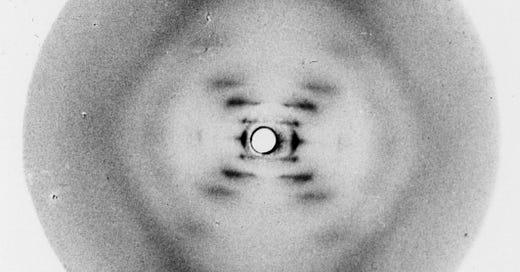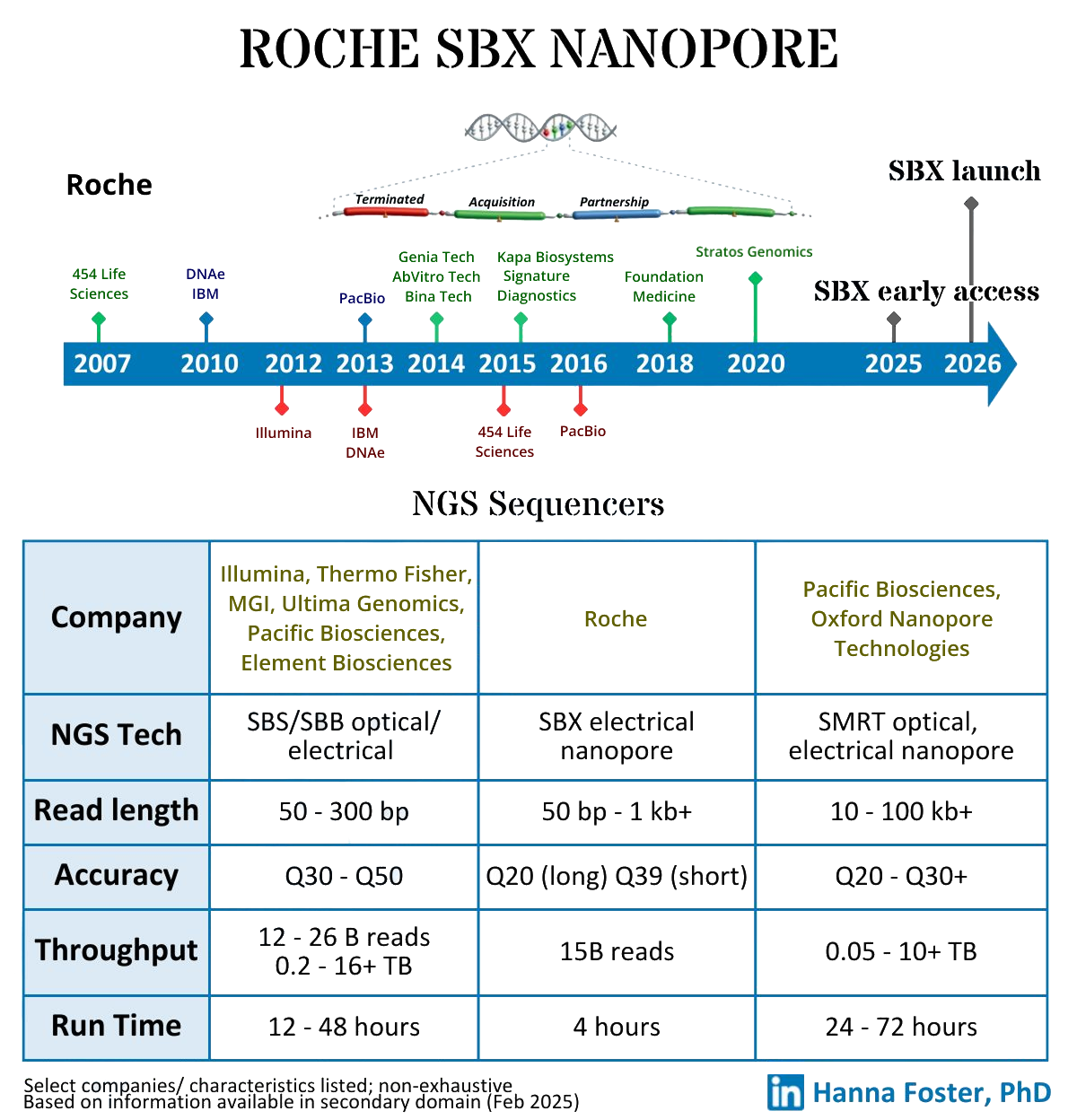Next Generation Sequencing: New Tech and Companies to Watch
From the discovery of the double helix to the latest AI-driven innovations.
Today, we’re taking a closer look at how the field of next generation sequencing (NGS) has evolved—from the early days of DNA sequencing to the latest breakthroughs in multi-omics and AI-driven analysis. We’ll explore how NGS is making an impact in healthcare and drug discovery, while also highlighting some of the companies driving these advancements, including promising new entrants.
This is part of a new series of weekly deep dives—published every Thursday or Friday—where we’ll explore major developments in the biopharma and techbio space. Let us know what you think, and feel free to suggest topics you’d like us to cover in future issues. You can leave a comment or email us at info@biopharmatrend.com.
In this article: Roche’s NGS Trajectory — Sequencing History — NGS in Healthcare — Notable Recent NGS Events — Established Market Players & Strategic Acquisitions — Startups to Watch — Future Outlook
Roche's latest development, Sequencing by Expansion (SBX), marks a promising shift in NGS technology. SBX departs from conventional PCR-based amplification by using an enzymatic method that expands individual DNA molecules, creating larger, more easily detectable signals. The key to this improvement in signal resolution is the so-called "Xpandomer", an expanded DNA surrogate 50 times longer than conventional DNA strands. This process uses expandable nucleotide triphosphates (X-NTPs) to encode highly distinguishable reporter signals, enabling precise sequencing. By transforming DNA into these elongated Xpandomers, SBX overcomes the spatial resolution and signal-to-noise challenges inherent in conventional sequencing methods.
According to the claims in the publicly available sources, SBX is capable of sequencing seven human genomes at 30X coverage per hour with accuracy exceeding 99.8%. Roche has begun deploying SBX instruments to early access sites such as the Hartwig Medical Foundation in the Netherlands and the Broad Institute. SBX will initially be available for research use, with early access already underway and a full commercial release expected in 2026. Pricing and sample preparation details remain undisclosed, but Roche communicated its plans to expand SBX into clinical applications over time.
While the news is dominated by Roche’s development, the NGS field is a rapidly evolving space with lots of players and technological advances.
Journey Through the Sequencing History
Today, the global NGS market is projected to surpass $22 billion by 2029, fueled by advancements in AI-driven analysis, multi-omics integration, and spatial biology. The increased demand for sequencing is also bolstering adjacent sectors, with the sequencing reagents market expected to reach $21.91 billion by 2030.




